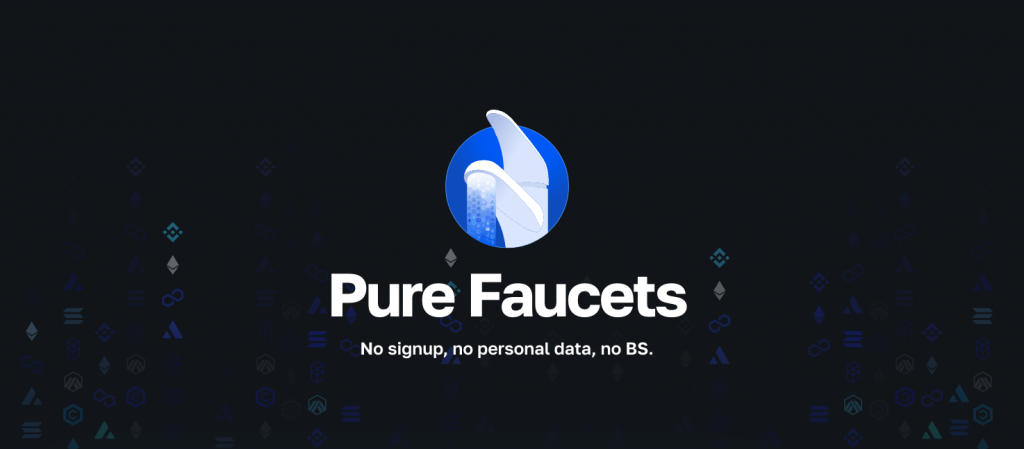
A Goerli faucet is a valuable tool developers can utilize during a project’s development process. When referring to a Goerli faucet, we are speaking specifically about a faucet on the Goerli testnet – one of two public Ethereum testnets that the ETH community maintains. But what exactly is a Goerli testnet faucet, how does it work, and why should I use Moralis Faucets for my Goerli faucet?
To answer the above, we must explore the Goerli testnet in further detail. So, in this article, we’ll ensure you all understand what a testnet is and how you can easily use Goerli for Web3 development. This is where you’ll learn the basics of Moralis – the leading Web3 tool to create decentralized applications (dapps) quickly and easily. Then, you’ll be ready to learn more about blockchain/crypto faucets. More specifically, you’ll learn what a Goerli testnet faucet is. We’ll also address the question, “what is a Goerli faucet used for?”. Finally, we’ll look at the main benefits of the Goerli testnet faucet and even provide you with a Goerli faucet list.
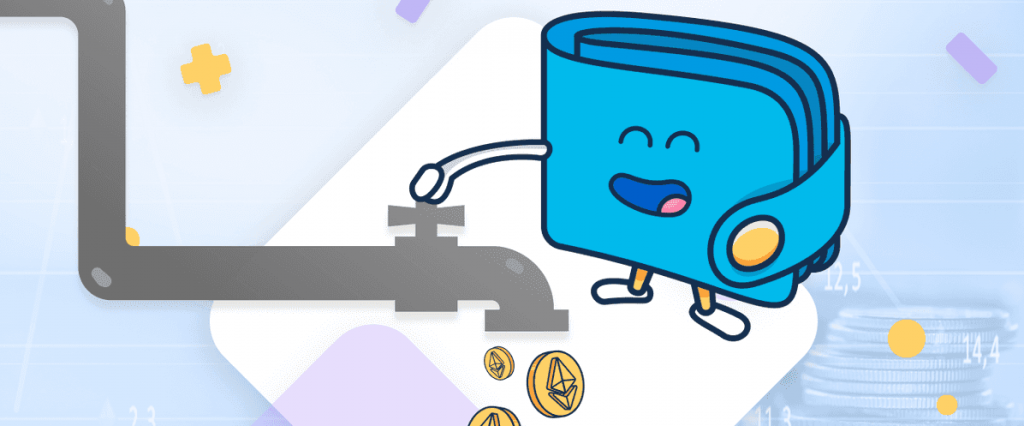
Exploring the Goerli Testnet
The inception of the Goerli (Görli) testnet dates back to September 2018, but devs officially launched it in early 2019. The launch took place at GörliCon in Berlin. Since then, this testnet has become one of Ethereum’s leading options for testing. Several other testnets have existed over the past years, but unlike Goerli, most are no longer active. Goerli survived and is, along with Sepolia, the testnet Ethereum developers mostly rely on.
The Goerli testnet was the first community-built, proof-of-authority (PoA) Ethereum testnet featuring cross-client functionality. Those who wanted to become eligible for validating blocks on Goerli needed to disclose their real-world identities to comply with Goerli’s PoA consensus. Furthermore, the consensus required a majority of validators to settle on a new block formation. Then, the chain mechanisms signed off on it and added it to the Goerli chain.
In 2022, Ethereum transitioned from its original proof-of-work (PoW) consensus mechanism to proof-of-stake (PoS). This transition is known as The Merge and has been one of the most significant Ethereum updates so far. Due to The Merge, Goerli also transitioned from PoA to PoS. This update was implemented in two phases, and it was the second that merged Goerli with Prater Beacon Chain’s testnet. The latter was a test PoS network running alongside the Ethereum 2.0 mainnet. This Goerli update served as the final test run before the Ethereum mainnet officially merged with Beacon Chain.
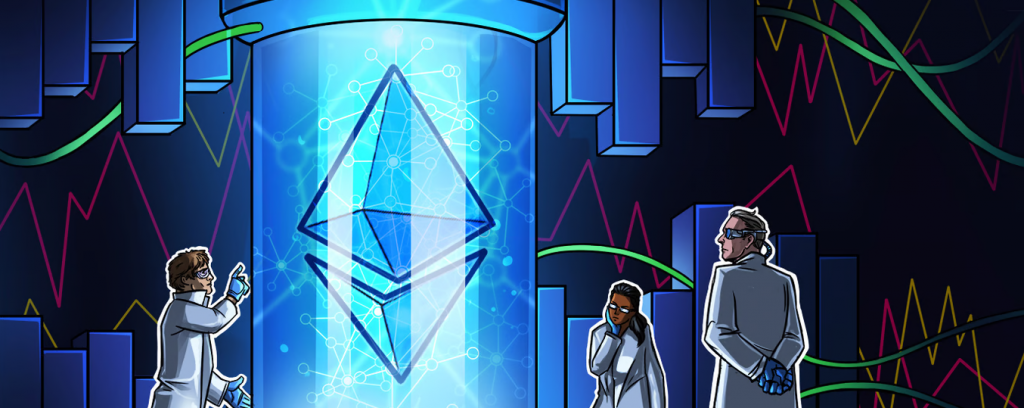
What is a Testnet?
A testnet is a blockchain network purposely created for developers and dev communities to test various functionalities. This enables developers to test implementations of certain updates before applying them to the mainnet. This also means that developers can first test their smart contracts and dapps on testnets. Since anyone can use public testnets, this also enables projects to test public engagement. It’s almost like a “sandbox” environment.
You probably know this, but it’s worth repeating that every blockchain transaction requires gas fees. Consequently, it would be costly to perform testing of Web3 applications on mainnets. Plus, since Ethereum (the mainnet) is a popular chain, adding loads of testing would be quite a burden for the chain, resulting in network congestion way too quickly. This makes testnets a great technical and economical solution. So, it’s safe to say that testnets provide a more seamless developer experience!
Ideally, a testnet should resemble its mainnet as much as possible. This means that testnets also need to use gas fees to cover transactions, and to cover those gas fees, testnets need to come with their native coins. Fortunately, they do! What’s more, these testnet tokens devs can use are free. Anyone with a Web3 wallet that can connect to the network in question can obtain them. But how exactly can developers acquire testnet tokens for a chain like Goerli? This is where a reliable testnet faucet enters the picture.
Not every blockchain has a testnet, but most do. Currently, Ethereum maintains two active testnets: Sepolia and Goerli. If you are wondering what the main differences between the two chains are, read our article exploring the Goerli testnet, which also compares the above-mentioned testnets. Also, note that some popular testnets on other leading chains include Mumbai (Polygon), Fuji (Avalanche), the BSC testnet (BNB Chain), etc.

How to Use Goerli for Web3 Development
The chances of you being interested in joining the Ethereum Foundation and using Goerli for upcoming updates to the Ethereum mainnet are rather slim. Instead, you are most likely interested in creating dapps. This is where Moralis simplifies things. This enterprise-grade Web3 API provider is all about cross-chain interoperability. It supports all the leading blockchains and their testnets, including Goerli. So, before we answer the “what is a Goerli faucet?” question, let’s look at what Moralis offers and how you can use this toolbox to test your dapps on Goerli. After all, Moralis is the best development tool for both mainnets and testnets.

Aside from cross-chain interoperability, Moralis is also fully cross-platform interoperable. This means you can use your legacy skills and dev platforms to join the Web3 revolution. With any of the leading programming languages, you can utilize Moralis’ Web3 APIs to effortlessly implement Web3 functionalities or fetch any on-chain data with short snippets of code.
With Moralis’ Web3 Data API, you can query NFT data, token data, transaction data, block data, DeFi data, and more. In addition, with Moralis’ Auth API, you can implement Web3 authentication with a single line of code. This enables your dapp users to connect all sorts of Web3 wallets to enter the crypto realm with a click of a button. With the Streams API, you can listen to smart contracts and wallets to use real-time, on-chain events as triggers for your dapps. All these powerful features are at your disposal once you create a free Moralis account!
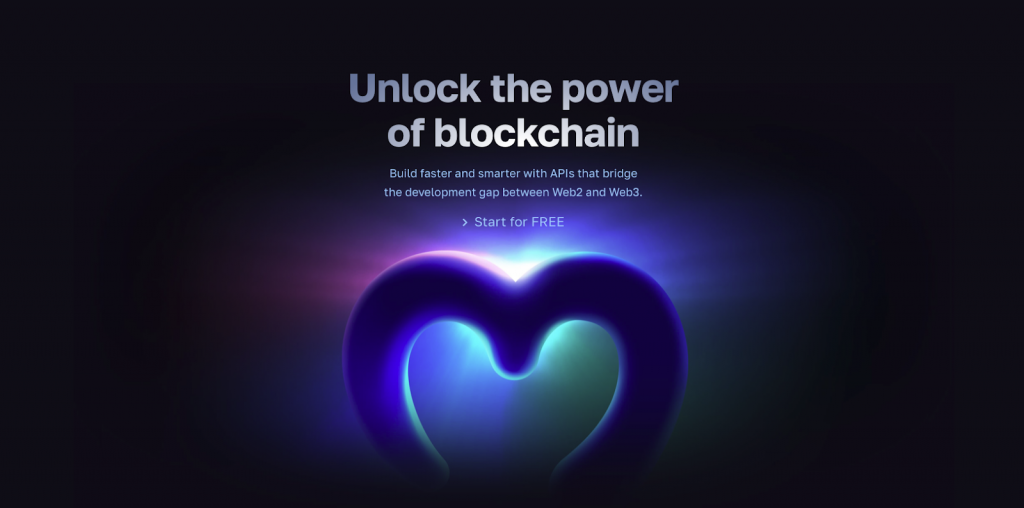
Moralis and the Goerli Testnet
Once you start using Moralis’ code snippets, you can easily target Goerli by using the network’s chain ID or simply replacing the set default option of “EvmChain.ETHEREUM” with “EvmChain.GOERLI“.

You can also set Goerli as your default chain for the purpose of testing with the following lines of code:
import Moralis from 'moralis';
import { EvmChain } from '@moralisweb3/common-evm-utils';
Moralis.start({
apiKey: 'YOUR_API_KEY',
defaultEvmApiChain: EvmChain.GOERLI
})
When using the API reference pages in the Moralis documentation, you can simply select “Goerli” or “0x5” (chain ID in hexadecimal format):
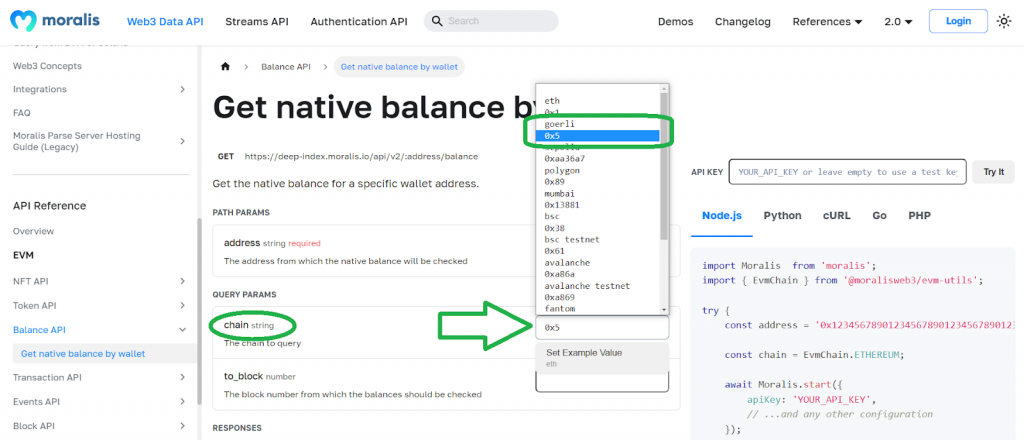
When using the Moralis dashboard to create new streams, you can just toggle the “Goerli” option on the “Stream Configuration” page:
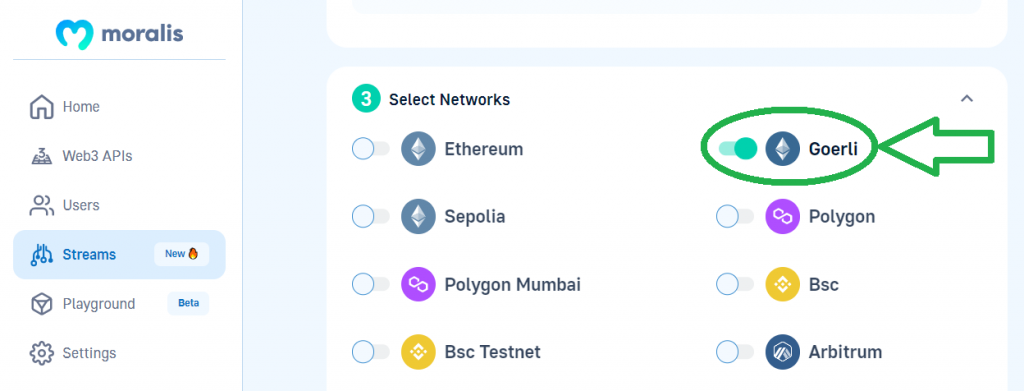
So, are you ready to start creating dapps (decentralized applications) and testing them on Goerli or any other supported network? If so, create your free Moralis account, obtain your Moralis API key, and start BUIDLing!
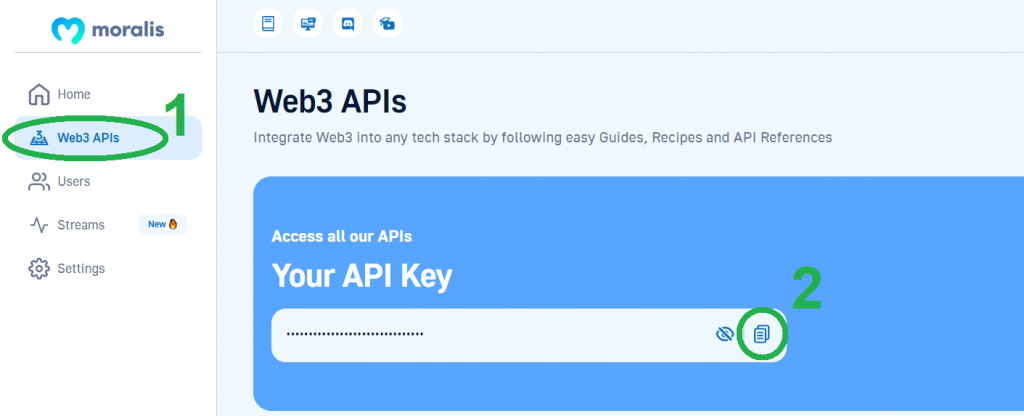
What is a Faucet?
In blockchain development circles, “faucet” refers to a tool that provides developers with test tokens native to the chain in question. Generally, faucets come in the form of web applications where you simply input your wallet address and click on a confirmation button. Then, the wallet receives a specific amount of testnet tokens. It’s as simple as that!

What is a Goerli Faucet, and What is it Used For?
With the above definition of crypto faucets and the above image, you should already be able to answer the “what is a Goerli faucet?” question. You now know that a Goerli testnet faucet is some sort of Web3 application where you can enter your Ethereum wallet address and receive a certain amount of Goerli ETH. Like the above example, most faucets have some limitations to how much native test currency you can get in a single transaction and in a day (or other timeframes). In fact, you can explore different popular options in the “Goerli Faucet List” section at the end of this article.
Now that you know what a Goerli testnet faucet is, let’s focus on the “what is a Goerli faucet used for?” question. If you’ve covered the above sections, you can most likely answer that question as well. After all, you know that Goerli testnet faucets serve developers to obtain Goerli ETH – Goerli’s native coins. These coins then enable devs to power on-chain transactions on the Goerli network. So, what is a Goerli faucet used for? In short, to test transactions!
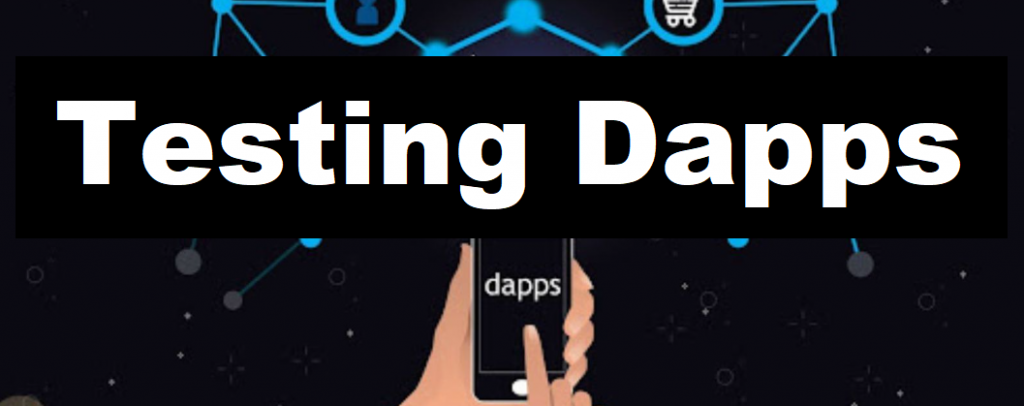
Benefits of a Goerli Testnet Faucet
The most obvious benefit of a Goerli testnet faucet follows our above answer to the “what is a Goerli faucet used for?” question – it enables Ethereum dapp developers to test their progress and to do it for free. Also, Goerli faucets enable devs fundamentally to experience the benefits of the Goerli network.
One of Goerli’s most outstanding benefits is cross-client compatibility. What does this mean? It means that it supports a wider variety of node software, which further leads to providing a unified testnet for different clients, including Geth, Nethermind, Parity, Hyperledger, etc. The latter makes testing for Ethereum developers more seamless and straightforward. In addition, that also means that devs can use the same tools for different programming languages.
Now that you know what a Goerli faucet is used for and what its main benefits are, you may be eager to give it a try. So, make sure you have your Ethereum address ready and start exploring our Goerli faucet list. As a developer, you’d want to use the MetaMask browser extension. Plus, MetaMask supports the Goerli network by default, which means you won’t have to add it manually.

Goerli Faucet List
A word of caution is in order before you proceed. The Goerli faucet list below only includes faucets that have been recommended by strong developing communities. Still, that doesn’t guarantee they are safe, and we cannot vouch for them. Plus, faucets can update/change, and their rules/requirements may become unwieldy. In fact, the only testnet faucets we can vouch for are the ones you can reach by clicking on the “testnet faucets” link.
Here is our Goerli faucet list:
- faucet.goerli.mudit.blog
- goerli-faucet.pk910.de
- goerlifaucet.org/
- goerli-faucet.slock.it/
- faucet.matic.network/
- faucet.goerli.starknet.io/
- app.mycrypto.com/faucet
- faucet.softbinator.com/
- goerlifaucet.com/
- faucet.quicknode.com/ethereum/goerli
- discord.etherspot.io
To access any of the above faucets, use your browser’s incognito mode and paste the above address into the address bar following “https://“. In some instances, you might have to connect your wallet. If that’s the case, make sure to be extra cautious. If you trust the page, you must use a browser with the MetaMask extension installed.
For pages that do not ask you to connect your wallet in order to collect Goerli ETH, you must paste your wallet address in the designated spot and hit “Get Tokens”, “Claim”, or a similar button.
What is a Goerli Faucet? – Summary
In today’s article, you had a chance to explore the Goerli testnet, learn what a testnet is, and explore how to use Goerli for Web3 development. This is where you learned that Moralis enables developers to create killer dapps and test them on Goerli or on other leading testnet networks. Then, we dove into the main topic of this article. As such, you learned what a crypto faucet is. Specifically, you now know what a Goerli testnet faucet is. We also ensured you can confidently answer the “what is a Goerli faucet used for?” question. Next, you saw the main benefits of a Goerli testnet faucet. Finally, you discovered how to access the ultimate user-friendly testnet faucets on a single page. You were also able to explore our Goerli faucet list. With the knowledge obtained herein, you are ready to use Goerli to test your dapps.
At this point, you may be eager to learn Web3 programming. Or, perhaps, you want to explore smart contract programming. In either case, you should follow quality tutorials. Fortunately, Moralis has lots of those, and they can help you get started and even master more advanced aspects of dapp development. For instance, with Moralis, you can get transaction details by hash or get contract logs without breaking a sweat.
To expand your blockchain knowledge, visit the Moralis YouTube channel and the Moralis blog. These two outlets cover countless topics and answer most questions that might be on your mind. Let’s say you’re wondering, “what is the Sepolia testnet?” or perhaps “what is danksharding?“. In either case, the outlets mentioned above hold the answers. Another great way to learn more about blockchain development is to enroll in Moralis Academy. The best course for beginners is “Blockchain & Bitcoin Fundamentals“.
